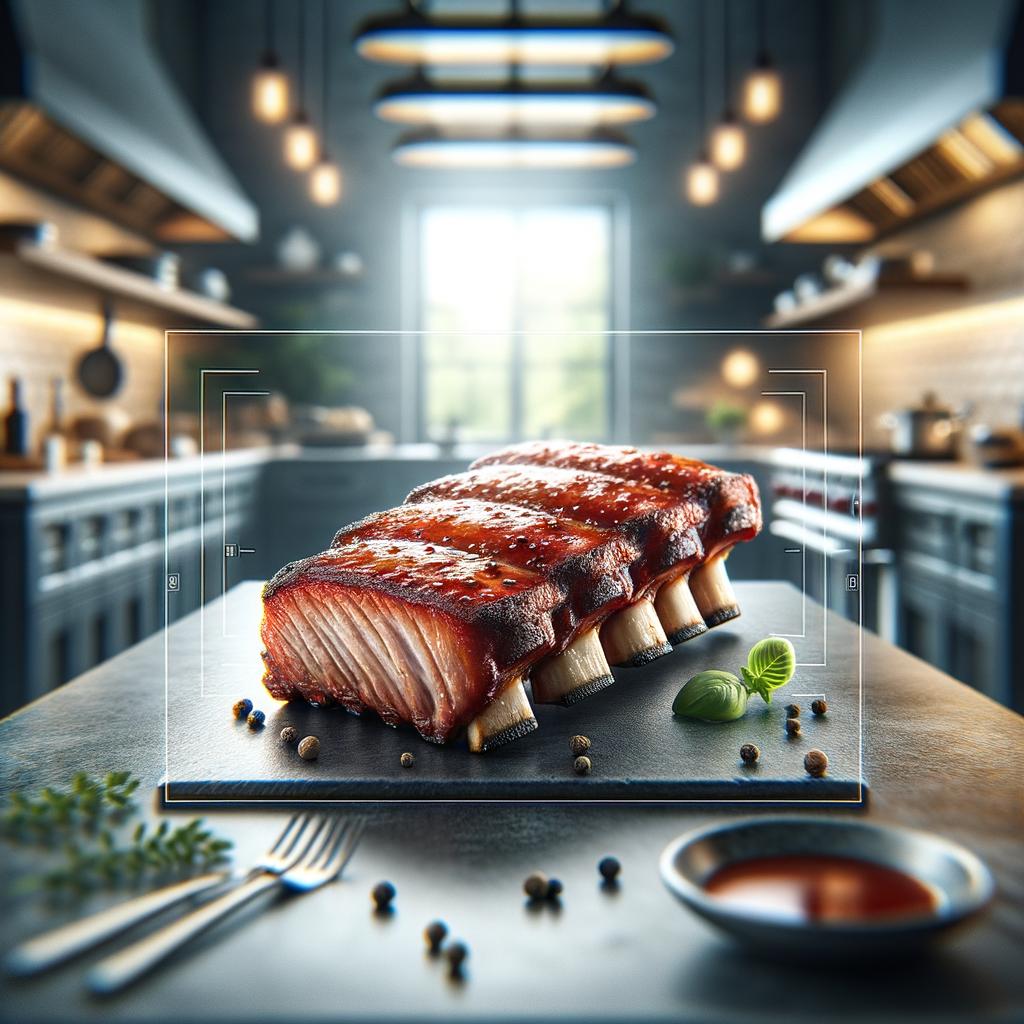Baby Back Ribs

Description
Baby back ribs, a beloved treasure from the world of meats, are the petite, tender ribs cut from the loin of a pig. They are easily identified by their small, curved shape, with each rib measuring about 3 to 6 inches long. The meat on these ribs is tender, succulent, and is generously marbled with fat, which adds to their rich, melt-in-your-mouth texture. The flavor profile of baby back ribs is deeply savory, with a subtle sweetness that is beautifully highlighted when cooked with a glaze or marinade. One of the unique characteristics of baby back ribs is their curved shape, which allows for even cooking and easy eating.
Primary Uses
Baby back ribs are a staple in the culinary world, particularly in American barbecue cuisine. They are often slow-cooked or smoked over a grill to achieve a tender, fall-off-the-bone texture. The ribs are frequently marinated or rubbed with a mix of spices before cooking, and then glazed with barbecue sauce for a sweet and tangy finish. They are a key component in dishes like Memphis-style ribs, Kansas City-style ribs, and Chinese-style sweet and sour ribs. Beyond the culinary world, baby back ribs hold a significant place in American culture, often being the star of summer barbecues and family gatherings.
History
The history of baby back ribs is deeply intertwined with the history of barbecue in America. The practice of slow-cooking meat over a low heat source was originally used by Native Americans and later adopted by settlers. Over time, regional variations developed, leading to the distinct styles of barbecue we know today. The use of baby back ribs in barbecue became popular in the 20th century, especially in the Southern United States. One interesting story is that of the McRib, a fast-food sandwich inspired by the Southern barbecue tradition, which became a cult favorite despite its departure from traditional rib preparation.
Nutritional Information
Baby back ribs, like other pork products, are a good source of protein, providing essential amino acids for muscle growth and repair. They are also rich in vitamins like Vitamin B12 and minerals like zinc. However, due to the marbling of fat, they are also high in saturated fat and cholesterol, which should be considered for those with heart conditions. Compared to other cuts of pork, baby back ribs have a higher fat content, which contributes to their rich flavor and tender texture. Despite this, when enjoyed in moderation and as part of a balanced diet, baby back ribs can certainly be a part of a nutritious meal.

